How Easy is It to Grow Gardenias From Cutting
Gardenias are an excellent choice for home gardeners because they offer a beautiful scent and lovely flower.
They can be grown from cuttings, which can help to produce more plants.
This article will cover how to grow gardenias from cuttings in your backyard.
How to Grow Gardenias from Cuttings?
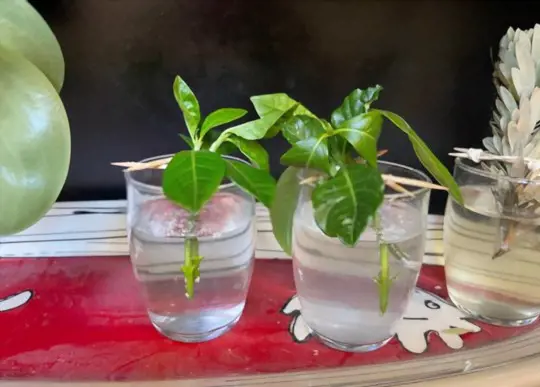
The best time to take cuttings for propagating gardenias is in the spring or early summer.
Gardenia branches will be soft and pliable at this point, making them easy to work with.
Cut the stem about five inches long from just below a leaf joint on an established plant (you can also use fresh tips).
The cutting should not contain any flowers – they would prevent the rooting of new plants due to their high nitrogen content that leaches into other parts of the stem.
A fun and creative way to start a gardenia from cuttings is by removing the lower leaves.
Take all of the leaves off your cutting except for the top two sets, then prepare a pot with equal parts peat or potting soil and sand.
Dampen this mixture before dipping in rooting hormone on one end while sticking a finger into the mix to create a hole at the bottom - place stems inside the hole you made so that it's buried about halfway down but not touching any dirt yet.
Finish filling around the plant base until the entire surface area has been covered up again if needed- don't forget those last few centimetres where roots will be forming along the underside.
Your gardenia cutting will thrive in a bright but indirect light environment.
Keep the temperature around it at about 75 degrees Fahrenheit (24 Celsius).
Make sure that your peat/sand mixture stays damp but not too soaked.
It is essential to keep this plant alive so you can enjoy its fragrant blooms.
Gardenias are a hardy plant that flourishes in humid climates, so it's essential to take precautions when propagating them.
One way of doing this is by cutting the bottom off an old milk jug and placing it over your gardenia pot with holes cut into its side for ventilation.
You can cover the pot entirely using clear plastic while leaving small gaps between each layer to allow airflow.
It may be tempting to place these covers on top of your plants but don't worry if they get wet because there's no need - as long as any water doesn't make contact with the leaves, then all will go well.
If you're looking for a quick and easy way to propagate gardenias, try leaf cuttings.
You can expect that the plant will be rooted in four to eight weeks with this method.
When Can I Take Gardenia Cuttings?

It would help if you took cuttings from your gardenias in early summer when the shrub is actively growing.
Gardenia plants that are well hydrated with ample nutrients provide higher-quality stem cuttings than those who have not been cared for as diligently.
Cuttings typically need one to two months before they can produce new roots, and it's best if you transplant them on time, which means this spring of next year.
Can Gardenia Cuttings be Rooted in Water?
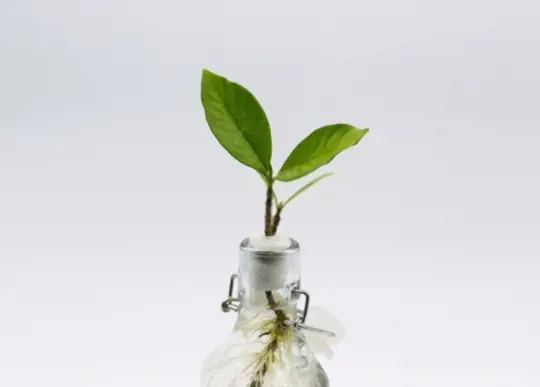
Gardenias are a beautiful plant that produces white flowers with a delicate scent.
They cannot be grown from seeds, but they can quickly grow roots if you take the gardenia cuttings and start rooting them in water at home for your very own plants.
Prepping these cutting is surprisingly easy; all it takes to get started is grabbing some soil-less potting mix or sand before setting up a station of pots filled with clean water on your kitchen countertop.
How long do Gardenia Cuttings Take to Root in Water?
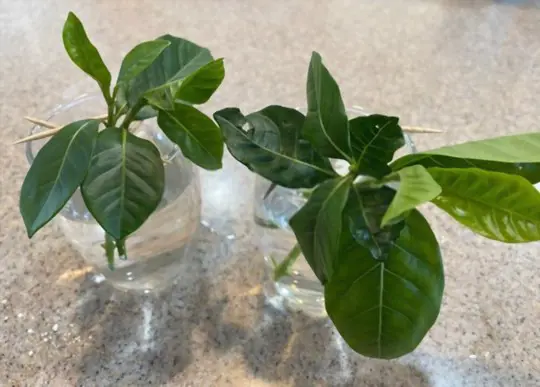
Some people love having a gardenia bush in their yard, but not everyone has the time to plant or water one.
A better option is rooting and potted up Gardenias from cuttings taken by your local nursery.
Rooting only takes 3-4 weeks - much shorter than waiting for it to grow naturally.
Some plants take longer to root, depending on how old they are when you purchase them, and the soil consists of where you live.
However, if roots develop within 1-2 inches, then these will be ready to pot soon after that point.
How to Water Gardenias?
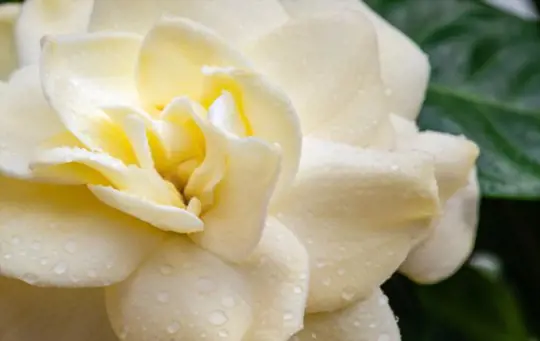
A gardenia needs plenty of water.
However, overwatering can lead the plant to drop its buds before they mature and bloom correctly.
To avoid these problems with your flowerbeds, maintain evenly moist soil between watering sessions while avoiding excess wetness at all costs for healthy blooms-to-be.
It is essential to water your plants deeply and regularly, but if weeds are sprouting around them or you see shallow roots peeking out of the soil at any point in time, then it might be a good idea to mulch.
Mulching can help with weed management because they will grow slower than usual, which means less weeding for you.
So make sure that when watering anything outdoors, feel free to use an organic mulch, too, so things stay nice and moist.
How to Prune Gardenias?
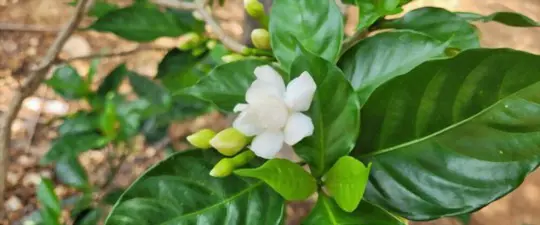
Gardenias need minor pruning to maintain their shape.
Wait until after the plant blooms in early summer before doing any major trimming, and only cut back uneven branches or older stems that are no longer productive.
Focus on shaping plants by cutting off some of the less-needed limbs instead - however, avoid removing flower buds as they will bloom during late fall for next year's flowers.
What do you Fertilize Gardenias With?
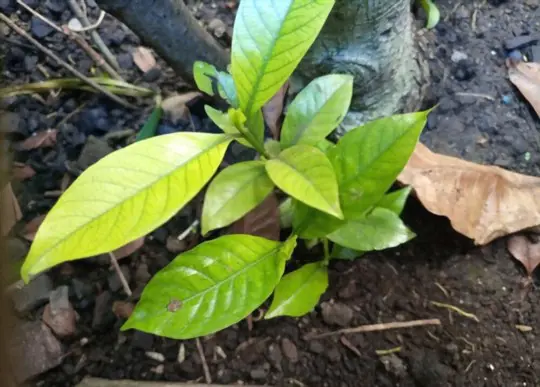
Gardenias are known for their beautiful white blossoms that seem to light up gardens.
However, these plants can be hard work and require fertilizer to maintain the same glory throughout the year.
Gardeners should feed their shrubs in early spring by applying an acidic, slow-release fertilizer such as camellia or azalea plant food.
If you're using organic gardening methods, then blood meal, fish emulsion, or bone meal will do just fine - apply once after frost has passed and again six weeks later when flowers have faded but before new growth begins on your gardenias.
Do Gardenias like Full Sun?
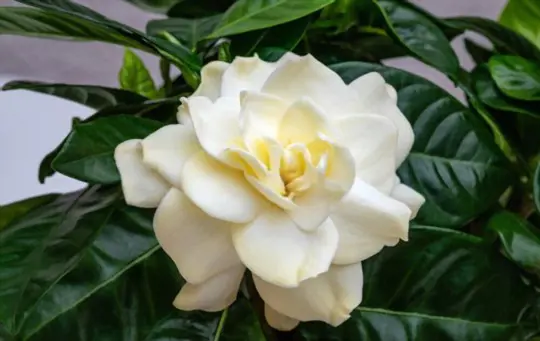
Gardenias have a particular climate and are not tolerant of shade.
The ones I've seen in Van Nuys were thriving due to the car wash's constant misting sprayers, which provide just enough water for them without getting their leaves wet.
How to Prevent Yellow Leaves on Gardenias?
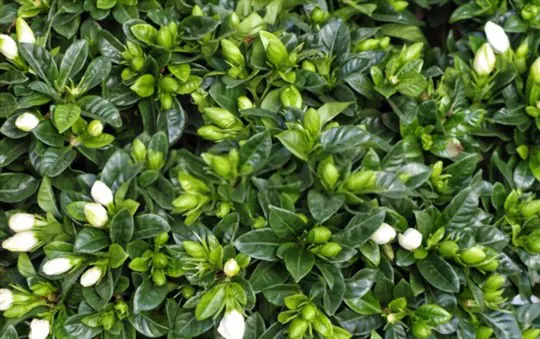
If you find that your plant leaves are turning yellow, it could be due to iron or magnesium deficiency.
Magnesium usually starts to affect the older leaves first, and an iron deficiency will begin with new growth.
The best way to treat both deficiencies is by using Epsom salts sprinkled around the base of plants, followed by applying chelated forms of each nutrient when appropriate for late spring or summer treatments depending on what time frame is more convenient for you.
Why have the Gardenias Flower Buds Dropped Off?
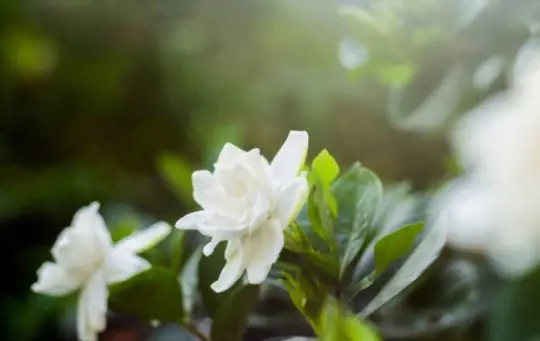
The answer to this question may be one of four things.
They could either be suffering from overwatering, drought, inadequate sun or high night temperatures which is why they are drooping.
The other possibility for their poor health could also stem from a sap-sucking pest such as thrips or aphids.
You should consider treating with horticultural spray oil three times in spring and summer if these seem like viable options because it's not uncommon to see them become impacted by pests without any warning signs at all.
Conclusion
The best thing about gardenias is that they can be grown from cuttings, making them a versatile and easy choice for your home.
With just the tips we've discussed here, you should have no problem getting started with this beautiful addition to any garden or space in your house.
Remember to water regularly when needed and fertilize monthly until new growth appears.
If you want more help growing these plants indoors, check out our blog post on how to grow flowers inside all year round.
Rating
Source: https://shuncy.com/article/grow-gardenias-cuttings

Belum ada Komentar untuk "How Easy is It to Grow Gardenias From Cutting"
Posting Komentar